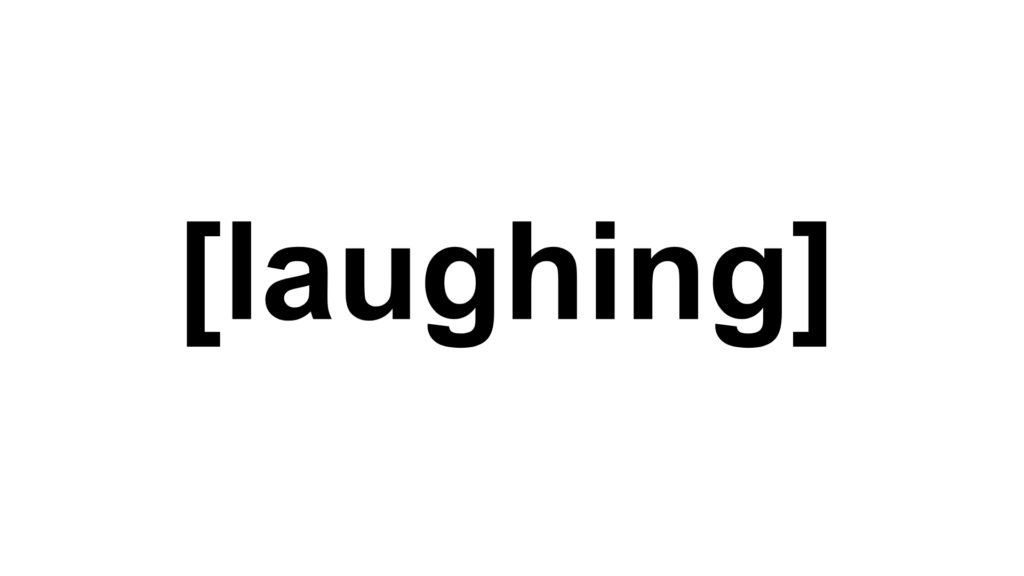It is easy to upload a video on YouTube and let it create captions automatically.
But what happens when your video use mostly sound effects to tell a story?

YouTube, currently, handles common sounds like music, applause, and laughter.
“YouTube has used algorithms to automatically caption speech for eight years now in an effort to make its billions of videos more accessible for the deaf and hard of hearing…For now, the system can just show three classes of sounds: Applause, music, and laughter… Google says that two-thirds of participants in a study found that sound effect captions enhance the video experience.” – Engadget.com
When should I caption sound effects?
Subtitle sound effects only when necessary.
“Sound effects are sounds other than dialogue or music. We caption the sounds if they are plot pertinent and if it is necessary for the understanding and/or entertainment of the content.” – Gosub.tv/blog/
How should I caption sound effects?
- Place the description of sound effects, typed in lower case, inside square brackets. Eg. [laughing]
- Use present participle tense for long sustained sounds. Eg, [laughing], [dog barking], [child screaming]
- Use third person verb form for short abrupt sounds. Eg. [laughs], [dog barks], [child screams]
My last assignment (2018) happens to be the captioning of a video with mostly sound effects.
It’s done. It’s delivered. It’s time to celebrate.
~ Adrian Lee
VIDEOLANE COM
PS:
Read more about closed captioning aka adding subtitles.
Further reading:
- https://translations.ted.com/How_to_use_sound_representation
- http://bbc.github.io/subtitle-guidelines/#Sound-effects
- https://readingsounds.net/chapter2/
- https://www.engagemedia.org/blog/best-practices-for-online-subtitling
- http://www.captioningkey.org/sound_effects.html
![]()
Discover more from VIDEOLANE.COM ⏩
Subscribe to get the latest posts sent to your email.
